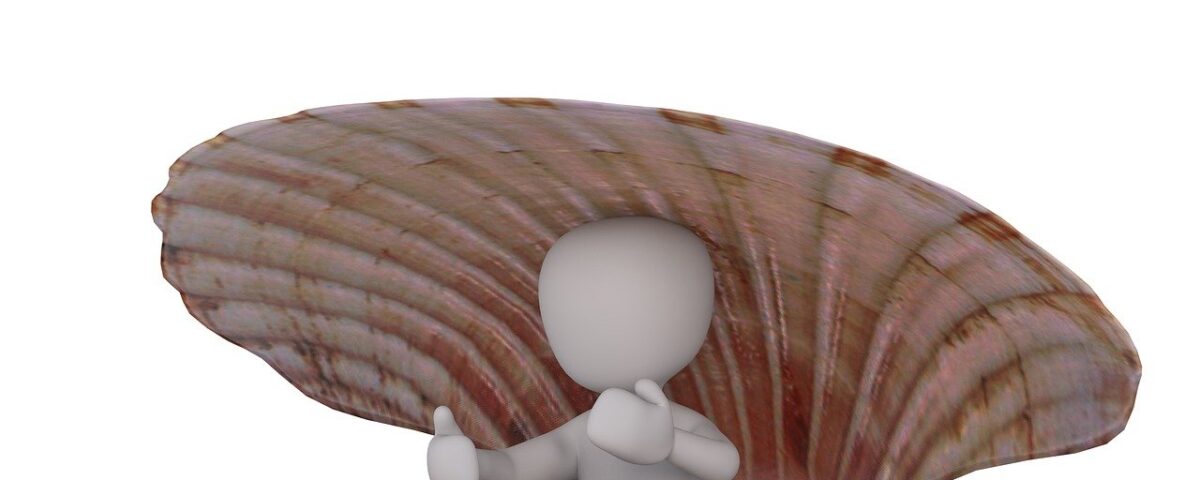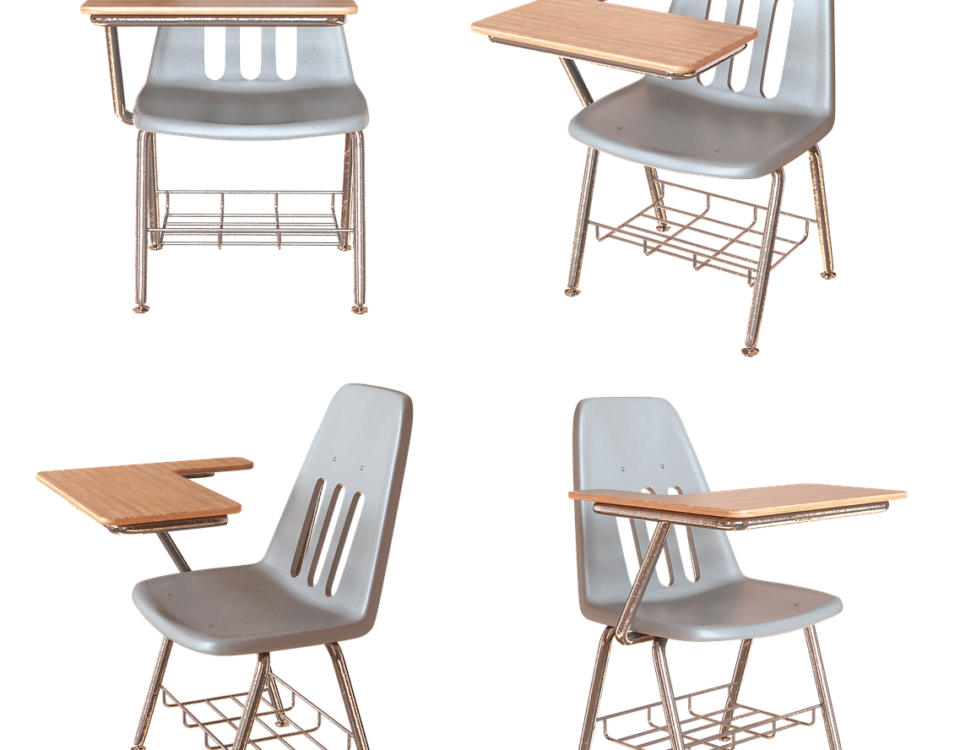3D Printing Rapid Prototyping Equipment and Materials

Inkjet-Based 3D Printing Rapid Prototyping Technology
February 15, 2025
Photomask Rapid Prototyping Technology
February 15, 20253D printing rapid prototyping technology, one of the most advanced injection-based forming techniques, has gained significant traction due to its speed, material versatility, and distinct advantages. After the success of well-known rapid prototyping technologies such as SLA (Stereolithography), LOM (Laminated Object Manufacturing), SLS (Selective Laser Sintering), and FDM (Fused Deposition Modeling), 3D printing has emerged as one of the most promising technologies in the field. MIT’s breakthrough in this technology led to its transfer to several companies including ExtrudeHone, Soligen, Specific Surface Corporation, TDK Corporation, Therics, and Z Corporation, who have commercialized various 3D printing equipment. Today, several manufacturers like ZCorp, Objet, 3D Systems, and Solidscape offer a range of 3D printers designed for rapid prototyping and low-volume production.
1. Z Corp Equipment and Materials
ZCorp has pioneered the development of several 3D printing systems under the “Z” series. These machines are known for their ability to produce both monochromatic and multi-colored models. The Z150, Z250, Z350, Z450, and Z650 series are some of the most popular models in the market, offering increasing sizes and capabilities.
- Z150: The Z150 is a robust and versatile 3D printer known for its production of white models. It utilizes a powder-based process combined with a binder jetting method to form parts.
- Z250: Very similar in structure to the Z150, the Z250 features color printing capabilities, allowing for the creation of full-color prototypes with greater detail and accuracy.
- Z350 and Z450: Both the Z350 and Z450 models offer expanded print size and improved color range. The Z450, in particular, can print models based on color data from numerical simulations, giving it an edge in producing detailed and vibrant models.
- Z650: This model can print large, multi-colored parts with even richer colors. It boasts more nozzles for higher speed and efficiency in production.
ZCorp’s machines are ideal for producing prototypes that require both color and functional properties, making them particularly popular in industries like architecture, automotive, and consumer products.
2. Objet Equipment and Materials
Objet, a leading manufacturer in the 3D printing industry, has developed a range of 3D printing systems known for their precision and ability to use multiple materials simultaneously. The company’s machines utilize PolyJet™ technology, which allows for fine layer resolution and multi-material printing.
- Connex Family: The Connex series, including the Connex500, Connex350, and Objet260 Connex, offers advanced features for multi-material printing. These systems can print models that combine different mechanical and physical properties within a single print job. This makes the Connex series highly suitable for creating complex parts with varying properties, such as flexible, rigid, or transparent materials.
- Eden Series: The Eden 3D printing systems, including Eden350V and Eden500V, are designed for high-resolution prints and are ideal for creating detailed prototypes. They are capable of producing parts with fine features and smooth surfaces.
- Objet Desktop Series: For smaller-scale operations, Objet also offers desktop 3D printing solutions, including the Objet24 and Objet30, which are compact and affordable machines ideal for small businesses or educational settings.
Objet offers over 60 different materials, including DigitalMaterials™, which are engineered to mimic the properties of various real-world materials. These include rubbers, clear glass, engineering plastics like ABS and PP, high-temperature resistant materials, and biocompatible materials suitable for medical applications such as dental surgical guides.
Objet’s biocompatible transparent material, MED610, is particularly noteworthy. This material has passed several medical approvals, making it suitable for creating parts that require skin and mucous membrane contact, such as in dental and medical industries.
3. 3D Systems Equipment and Materials
3D Systems is one of the pioneers in the 3D printing field and has been a key player in the development of multiple rapid prototyping technologies, including SLA, SLS, and 3DP (three-dimensional printing). With its acquisition of ZCorp, the company has further solidified its position in the 3D printing industry.
- Personal 3D Printers: 3D Systems offers a range of personal 3D printers that are designed for small-scale users. Models such as the Glider, 3D Touch, and ProJet 1000 are affordable and easy to use, making them ideal for home users, schools, and small offices. For instance, the Glider 3D Printer has a compact design and offers moderate print speed and precision, suitable for creating basic prototypes.
- ProJet Series: For professional and industrial applications, 3D Systems offers the ProJet series, including models like the ProJet 3000, ProJet 5000, and ProJet 6000. These high-end printers provide better print resolutions, faster production times, and increased durability, making them suitable for industries requiring high-precision parts.
- Materials: 3D Systems’ 3D printers support a variety of materials, including PLA (Polylactic Acid), ABS (Acrylonitrile Butadiene Styrene), and specialty materials designed for specific industries, such as casting materials for jewelry production and biocompatible materials for medical applications.
The ProJet 1500 and V-Flash models, available for under $10,000, cater to budget-conscious users while maintaining excellent performance in terms of resolution and durability.
Conclusion
The continued development of 3D printing rapid prototyping equipment and materials has revolutionized the way businesses and individuals approach product development. Companies like ZCorp, Objet, and 3D Systems have paved the way for the next generation of 3D printers capable of printing complex, multi-material, and high-resolution models. Whether for industrial-scale production or small-scale prototyping, the versatility and speed of 3D printing make it an indispensable tool in many industries.
As the technology continues to evolve, users can expect even more advanced features such as increased print speeds, better material properties, and greater color accuracy, making 3D printing an even more integral part of the manufacturing and design processes.


